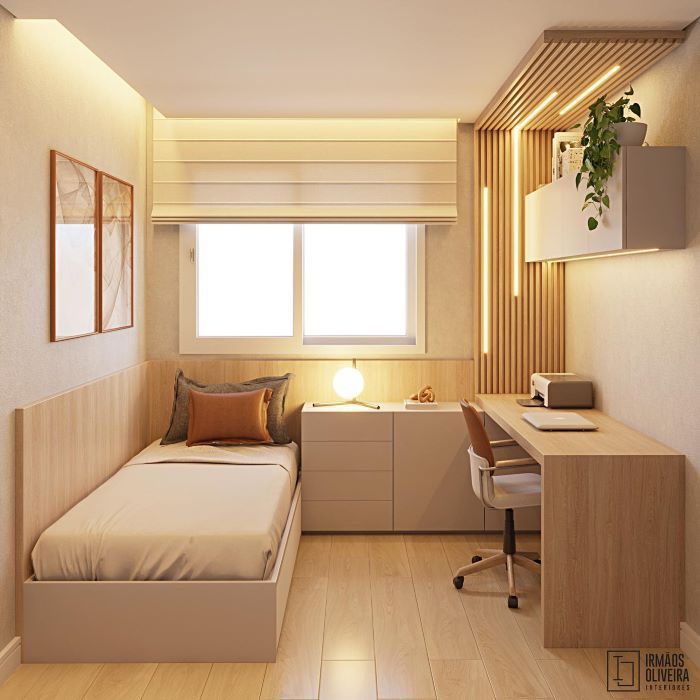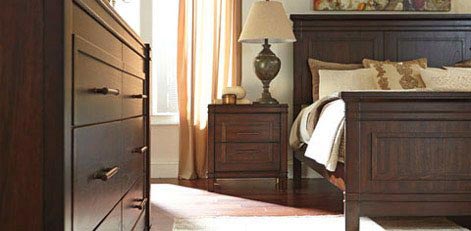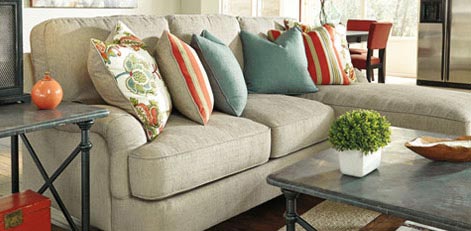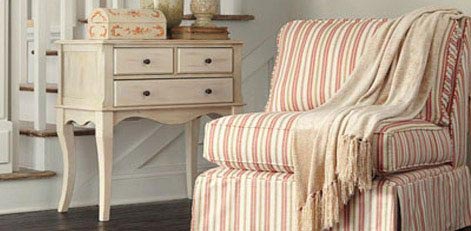Designing the perfect home office can be a daunting task, especially when it comes to determining how much area you should allocate for each space.
This is particularly true for home offices. The standard size of home offices ranges between 50 to 150 square feet or more. Finding the best spot depends largely on your current living setup and professional needs.
Whether you're working with a cozy nook or a spacious spare room, the size of your workspace can greatly impact your productivity and comfort. From desk furnitures for home office to clever storage solutions, our comprehensive guide on home office dimensions will help you navigate the nuances of home office sizing.
In this article:
Why are Home Office Dimensions Important?
First off, here are three main reasons the size of a home office matters:
Efficient Use of Space
Especially in homes where space is limited, it's crucial to maximize every square foot. A well-sized home office can help you use your space more efficiently, ensuring you have enough room for all your work essentials without feeling cramped. Work desks and credenza desks are perfect for such spaces.
Productivity
Spacious home offices can enhance productivity. Having enough room to move around can help reduce physical discomfort, which can be a distraction. Plus, a larger workspace can accommodate more equipment or resources, allowing you to work more efficiently. Adjustable height office chairs and home office swivel chairs can be great additions and motivators.
Work-Life Balance
In the era of remote work, maintaining a work-life balance can be challenging. Having a dedicated workspace at home can help create a physical boundary between your work and personal life, aiding in achieving a better balance.
What are the Different Types of Home Office Setups?
The size of home offices can vary greatly depending on the available space, nature of work, and personal preferences. However, there are some standard sizes that can serve as a guideline:
Small Home Office
A small home office can have minimum office dimensions as tiny as 50 square feet. These small home office dimensions are enough to fit a brown office desk or gold desk and a chair, and possibly some small storage solutions. It's a good option for people who primarily work on a laptop and don't require much additional equipment.

 @irmaosoliveira_interiores
@irmaosoliveira_interioresAverage Home Office
The average size of a home office ranges between 70 and 150 square feet. This average home office size can comfortably accommodate a mirrored desk, chair, storage, and possibly additional equipment like a printer or a second monitor.
This standard home office size in feet is suitable for most remote workers and home-based business owners since the average square footage of a home office provides enough room for essential furniture and tools without feeling cramped. It also allows for flexibility in layout and can be easily customized to fit specific work needs while maintaining a comfortable and productive environment.

 @thecabinetgalleryutah
@thecabinetgalleryutahLarge Home Office
A large home office can be as big as 150 square feet or more. This size can accommodate multiple workstations, larger furniture like lift top desks, and more storage. It's ideal for people who need a lot of space for their work, such as architects or artists, or for those who share their office with a partner or assistant.

 @jeanstofferdesign
@jeanstofferdesignWhat To Consider While Setting Up Your Home Office
When it comes to designing a home office, the size and layout of the room are crucial elements that can significantly impact your productivity and comfort. Here, we will discuss three key elements to consider: furniture and equipment, space utilization, and lighting.
Furniture and Equipment
Chair
The size of the chair is a critical factor to consider. If you opt for fabric desk chairs, they should be comfortable and ergonomically designed to support your posture during long hours of work.
It should also match the style of your home office. A chair that is too large can make the room feel cramped, while a chair that is too small may not provide adequate support.
Additionally, the material and build quality of the chair are essential for durability and comfort. Chairs with proper cushioning and breathable fabric can enhance comfort during prolonged use.
Desk
The size of the desk should provide ample space for your computer, keyboard, mouse, and other necessary equipment. It should also have enough space for you to write and do paperwork. An executive desk that is too large can consume too much space, while a desk that is too small may not provide enough work surface.
Storage Solutions
Storage solutions should be planned carefully to keep the office clutter-free and make it appear larger. Consider using grey bookcases, open bookshelves, and credenza file cabinets to organize your documents and office supplies.
Space Utilization
Hidden Storage
Hidden storage such as built-in cabinets and under-desk drawers can help keep the office space tidy and organized. They can also free up floor space, making the room appear larger.
Wall Storage
Installing wall storage such as chrome bookshelves or lighted bookcases can save floor space and make the office look more spacious. This is especially useful in small home offices.
Low-Profile Furniture and Color Coordination
Using low-profile furniture can create an illusion of more space. Painting the walls, ceiling, and molding the same color can also make the room appear larger.
Lighting
Natural Light
Natural light can make the office space feel larger and more open. If possible, position your desk near a window to take advantage of the natural light.
Task Lighting
Adding task lighting, such as desk lamps, can improve visibility and reduce eye strain. It can also make the room feel more inviting.
Light Colors and Mirrors
Painting the walls in light colors can reflect light and make the room feel larger. Adding mirrors can also help bounce light around the room and create an illusion of more space. This way, you won't feel cramped as you work.
Light Dimmer
Using a light dimmer can allow you to adjust the brightness of the room to your liking. This can create a more comfortable and productive work environment.
Tax Considerations for Your Home Office
Understanding how tax rules apply to your workspace can lead to significant savings and ensure compliance. Let's delve into the essential aspects of tax considerations for your home office, helping you optimize financial benefits while maintaining compliance with relevant regulations.
Regular and Exclusive Use
For a space in your home to be considered a home office, the IRS stipulates that it must be used regularly and exclusively for conducting business. This means that the space must not be used for any other purpose other than your business operations. For example, if you use a room in your home as an office during the day but it doubles up as a guest room at night, it may not qualify for a tax deduction.
Principal Place of Business
The second criterion set by the IRS is that the home office should be the principal place of business. This implies that the majority of your business activities should be conducted from this space. However, this doesn't necessarily mean that it's the only place where you conduct business. If you occasionally meet clients elsewhere or conduct some operations in a different location, your home office could still qualify for a tax deduction.

 @miriamribeiro_arq
@miriamribeiro_arqCalculating Home Office Size for Tax Deductions
The size of your home office plays a critical role in calculating your tax deductions. The IRS uses a method called the "square footage method" to determine the percentage of your home that is used for business. This method involves measuring the area of your home office and dividing it by the total area of your home.
Home Office Tax Deduction Percentage
Once you've calculated the size of your home office, you need to determine the percentage of your home that it constitutes. This percentage is then used to calculate the amount of home expenses that you can deduct from your taxes. For example, if your home office occupies 10% of your home, you can deduct 10% of your home expenses, such as mortgage interest, property taxes, and utilities, from your taxes.
Tailoring Your Home Office for Efficiency and Comfort
The optimal size for a home office is highly dependent on your needs, type of work, and available space in the home. Sizes can range from as small as 50 square feet for a compact setup in a corner or alcove to as large as 150 square feet for a dedicated room.
Regardless of the size, the goal is to create a comfortable, efficient, and productive workspace that caters to the individual's work habits and requirements. Ultimately, the size of the home office should allow for efficient and comfortable work and should accommodate the necessary office equipment.

















